Thanking Employees During this Time
By Kimberly Kafafian
This past year has definitely been a trying one on both the work and home fronts, which for many of us has been one and the same. There’s been so much disruption, particularly related to where we work, how we work, whom we work with, and the volume of work. It’s safe to say that we’ve all been navigating uncharted waters and stretching ourselves to the max, both physically and mentally. I keep seeing a sign hung in various businesses that reads: “The whole world is short staffed. Be kind to those who showed up.” With that said, I think it’s essential that thanking employees – those who have continued to show up and are the backbones of our businesses – for their loyalty, commitment, and hard work is more important this year than it’s been in the past. I also know that while many businesses want to express their gratitude, they’re still struggling to recover from the pandemic’s effects and may wonder how they can afford to show their appreciation. As I frequently advise my clients, there are a variety of options and price points when it comes to expressing gratitude.
6 Ways to Show Your Employees You Care
this Holiday Season
Reward and recognition have always been central to employee engagement and retention. After the toll of the last 12 months, employees are worn out, and according to a recent survey, only half of them are happy with how their employers supported them during the pandemic. Now more than ever, businesses need to provide their employees with positive reinforcement that recognizes their support and diligence. The ideas below are all great ways to demonstrate you care and express your thankfulness for all they do to make your business better.
- Thoughtful Handwritten Notes. While a simple thank you note may seem like a small gesture, it can really make a significant impact. According to the Snappy annual Employer Gifting Survey, when presented with benefits like a bonus or a raise, 52% of those employees polled said what they were most looking for was appreciation or recognition. A thoughtful note is one of the best ways to make your workers feel valued. It’s a small but significant way to let them know how much they matter to the organization as a whole.
- Gifts that Show You’re Paying Attention. It’s so much more meaningful when a gift truly relates to its recipient. Think of gifts that tie into what you and your team have experienced during this time. If you’re just heading back to the office after a long period of working from home, the team may not be ready for the sounds of a large space and noise canceling headphones could be a great gift idea. To recognize these stressful times, consider giving small care packages or even a cozy blanket.
- Gift Cards. Do you know from where your employees like to order lunch? Have they mentioned their favorite restaurant? Do they always need their morning coffee or afternoon pick me up? Give gift cards to local restaurants, cafes and coffee shops – they’ll make your employees happy, and you’ll be supporting local businesses at the same time.
- Extra Time Off. You don’t have to go with a physical gift. You can give thanks with the gift of time. It is the perfect way to show your employees that you recognize the importance of a work life balance. Give them one day of their choosing, a specified day or even the dark week between Christmas and New Year. This gift might not seem splashy, but it is one that is definitely appreciated.
- A Special Meal. Send a dinner to your employees at home to show them you recognize they may be tired after a long day of work. You can send a fully prepared meal that they just need to heat and serve or a fun meal kit subscription they can make with their family – even if it’s just for one meal.
- Experiences. Say thank you with a carefully thought-out event. Maybe it’s a lunch or dinner outside of the office, a fun class, an in-office spa day, or attending a sporting event as a group. Think of an experience that everyone would enjoy together.
There are many ways to thank employees during this time beyond the usual bonus (although workers tend to really like cash too!). What types of holiday gifts have you given to your employees to show how thankful you are for their loyalty and hard work? I’d love to know!















